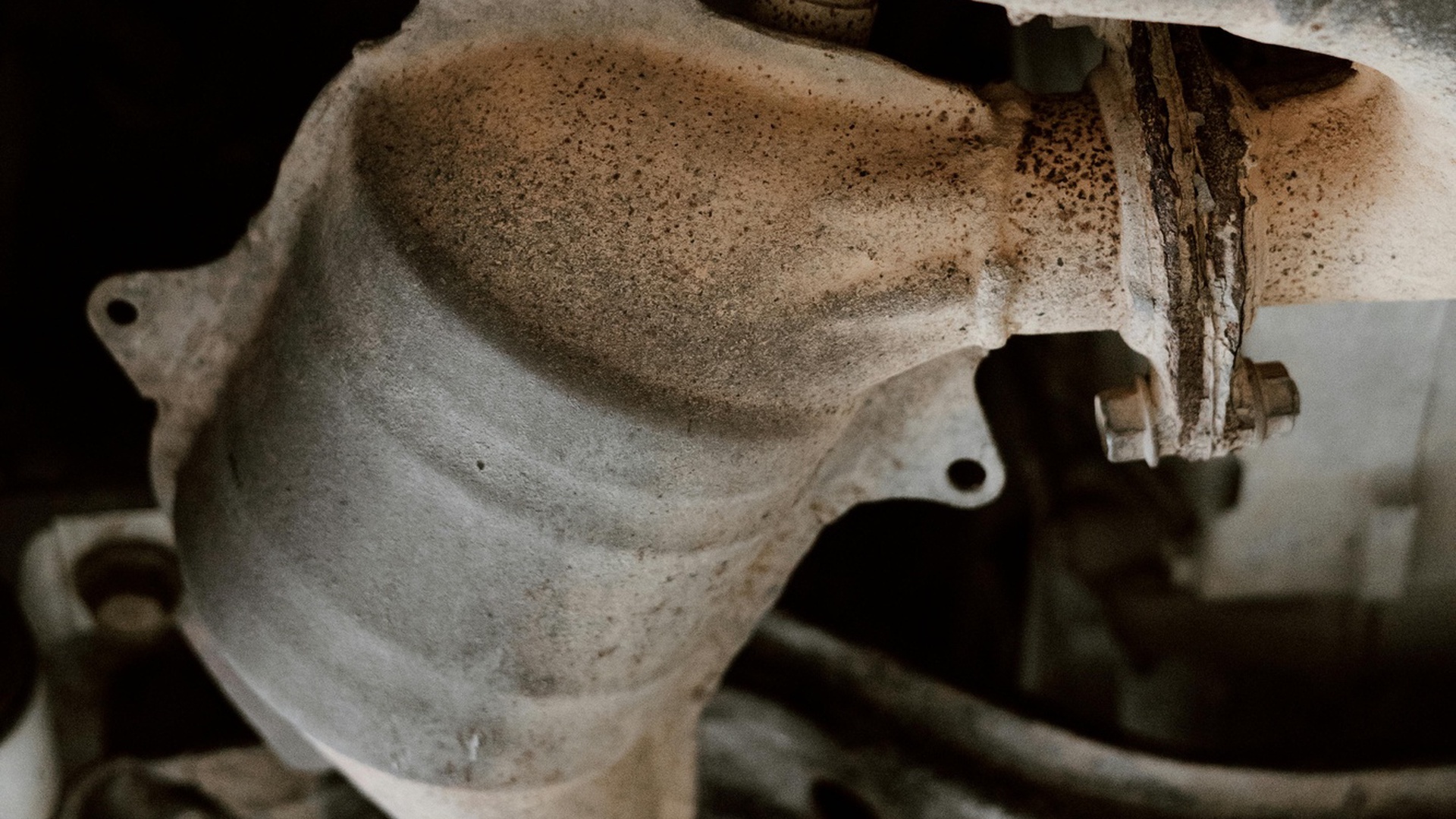

Platinum group metals (PGMs) play a crucial role in the automotive industry, particularly in catalytic converters, which help reduce harmful emissions from internal combustion engines. These metals, including platinum, palladium, and rhodium, are highly valued for their chemical stability and catalytic properties. Due to their scarcity and high market value, recycling PGMs from catalytic converters has become an essential practice to ensure sustainability, reduce environmental impact, and support the growing demand for these critical materials in both traditional and emerging technologies.
Catalytic converters are an integral part of a vehicle’s exhaust system, designed to minimize the release of pollutants into the atmosphere. They contain a structured ceramic or metallic substrate coated with a thin layer of PGMs, which act as catalysts to facilitate chemical reactions that break down harmful gases. Carbon monoxide and unburned hydrocarbons undergo oxidation, transforming into carbon dioxide and water, while nitrogen oxides are chemically reduced into nitrogen and oxygen. These reactions significantly decrease the emission of toxic gases, helping to meet stringent environmental regulations. However, catalytic converters have limitations, including susceptibility to overheating and degradation over time. Diesel engines, which operate at lower temperatures than gasoline engines, require additional particulate filters to ensure efficient pollutant reduction. Despite their effectiveness, catalytic converters eventually degrade, reducing their efficiency and necessitating proper disposal and recycling.
The recycling of PGMs from catalytic converters is essential due to their finite supply, high extraction costs, and environmental concerns associated with mining. PGMs are difficult to source, with mining operations often concentrated in a few regions, making supply chains vulnerable to geopolitical instability and market fluctuations. As electric and hybrid vehicle adoption increases, the demand for PGMs in alternative applications, such as hydrogen fuel cells and lithium-ion batteries, is expected to rise. By recycling PGMs from catalytic converters, industries can reduce reliance on new mining operations, lower carbon footprints, and preserve these valuable materials for future use. Additionally, recycling mitigates environmental pollution by preventing hazardous waste from entering landfills and reducing the energy-intensive processes required for primary PGM extraction.
Several methods are employed to extract and recover PGMs from used catalytic converters. Pyrometallurgical techniques involve high-temperature smelting processes, where catalytic converters are melted, and PGMs are separated from other materials. This method is highly effective but energy-intensive. Hydrometallurgical approaches use chemical leaching solutions such as aqua regia or cyanide-based compounds to dissolve PGMs, followed by selective precipitation and purification. These methods are more environmentally friendly than smelting but require precise handling of hazardous chemicals. Advanced extraction methods include solvometallurgical processes, which use organic solvents to recover PGMs with reduced waste production. Additionally, magnetic separation techniques allow for the direct concentration of PGMs by leveraging the interaction between ferromagnetic materials and metal particles, making the process more efficient. Emerging technologies, such as biological methods using microbes and nanomaterial-based catalysts, are being explored to improve PGM recovery efficiency and sustainability.
Despite its advantages, PGM recycling faces several challenges. One significant issue is the complexity of catalytic converter designs, which vary by manufacturer and vehicle type, affecting the efficiency of extraction methods. The presence of sulfur compounds from diesel fuels can degrade catalyst efficiency, making metal recovery more difficult. Additionally, the agglomeration of platinum nanoparticles over time reduces their effective surface area, lowering conversion rates during recycling. The handling of spent catalytic converters also presents logistical challenges, including collection, transportation, and proper disposal of non-valuable components. Furthermore, regulatory and environmental concerns regarding chemical waste from leaching and refining processes must be addressed to ensure sustainable recycling practices.
The economic viability of PGM recycling is driven by the high market value of these metals and the increasing demand for sustainable resource management. A single three-way automotive catalytic converter contains an estimated 3.7–7 grams of platinum, 1.5–5 grams of palladium, and 0.8–1.5 grams of rhodium. Given the fluctuating prices of PGMs, recycling provides a cost-effective alternative to primary extraction. The rise of electric and hybrid vehicles, which still require PGMs for fuel cells and advanced battery technologies, further supports the economic case for recycling. Companies investing in advanced recovery techniques benefit from both financial returns and regulatory incentives promoting circular economy practices. Additionally, as new catalytic converter compositions evolve, improving recycling methods will be essential to maintaining supply stability and reducing environmental impact.
Recycling PGMs from catalytic converters is a crucial step toward sustainable resource management, reducing environmental pollution, and ensuring a stable supply of these valuable metals. As global demand for PGMs increases due to advancements in automotive and energy technologies, effective recycling methods must be developed and implemented. Innovations in extraction techniques, coupled with advancements in catalyst design and monitoring, will drive further improvements in PGM recovery. By addressing challenges related to cost, efficiency, and environmental impact, the recycling industry can contribute significantly to the sustainable use of PGMs, supporting both economic and ecological goals.